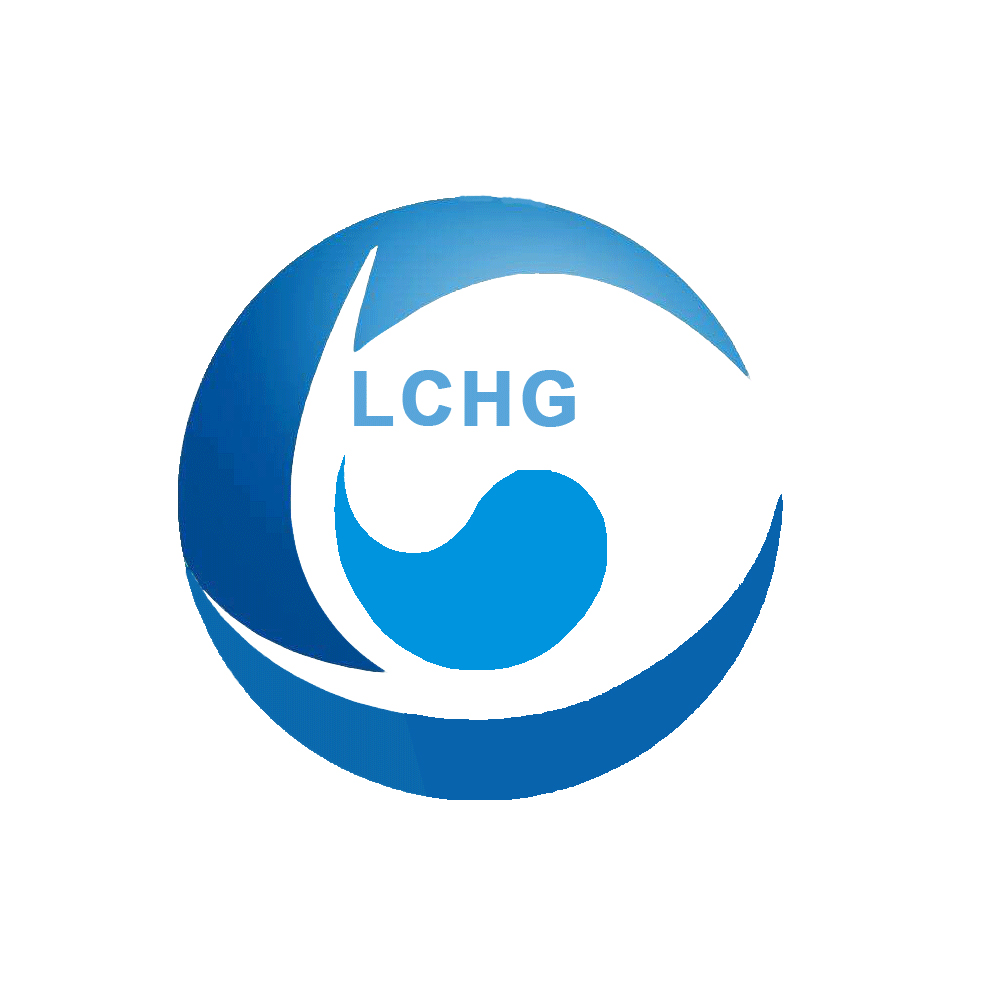Study on the Chemical Composition and Antitumor Activity of Total Alkaloids in the Root and Stem of Houttuynia cordata
The Gelsemium genus of plants in the Loganiaceae family is the entire plant of Gelsemium. There are three species of plants in this genus worldwide, namely Gelsemium elegans Benth. and Gelsemium romkimii Small. They are mainly distributed in Fujian, Zhejiang, Yunnan, Guangxi, Guangdong, Hunan, Guizhou, Jiangxi and Southeast Asia in China; Geksemium sempervireus Ait., mainly distributed in countries in the Americas. Hu Man Teng, also known as Gelsemium, Cut Intestine Grass, Da Cha Yao, Pig Ginseng, etc., is an evergreen woody vine. The entire column is highly toxic, and the roots, stems, branches, and leaves are used for medicinal purposes. It has the effects of reducing swelling, relieving pain, removing toxins, and killing insects; There are folk remedies for advanced treatment of cancers such as liver, stomach, cervix, breast, and thyroid, which have certain therapeutic effects. Alkaloids are the main chemical components in Houttuynia cordata. In addition, it also contains compounds such as steroids, triterpenoids, coumarins, etc.
In recent years, studies have shown that the total alkaloids of Houttuynia cordata have anti-tumor, sedative and analgesic effects, and can regulate immune function. Scholars have reported a comparative study on the intensity of pain caused by six alkaloids, including morphine, Hanfangji, and Corydalis yanhusuo, and found that the total alkaloids of Houttuynia cordata have a stronger effect on increasing pain threshold than morphine. The ethanol extract of Houttuynia cordata has an immunosuppressive effect against cyclophosphamide in mice. The total alkaloids of Houttuynia cordata can significantly promote the phagocytic function of macrophages in normal mice, but have no significant effect on other immune functions of normal mice. Research has found that the toxicity of Houttuynia cordata mainly comes from indole alkaloids. Many monomeric compounds in the total alkaloids of Houttuynia cordata have high therapeutic effects but high toxicity. In depth research on this plant is of great significance for further development and utilization of Houttuynia cordata, searching for active ingredients with anti-tumor, sedative and analgesic properties, and synthesizing compounds with higher activity as raw materials.
In this study, silica gel column chromatography, MCI gel, Sephadex LH-20, HPLC and other methods were used to isolate and purify the total alkaloids in the rhizome of Houttuynia cordata. A total of 9 indole alkaloids were isolated, including Gelsemium alkaloids A, Gelsemium oxysporum, Gelsemium oxysporum, Gelsemium oxysporum, 19- (S) – Gelsemium oxysporum, 19- (R) – Gelsemium oxysporum, and Gelsemium oxysporum. And in vitro anti-tumor activity tests were conducted on these 9 indole alkaloids. The results showed that the alkaloid from Houttuynia cordata had the best anti-tumor activity on human liver cancer cell HepG2, while its inhibitory effect on A549, K562, and NIH3T3 was weaker. The IC50 values of Gelsemium alkaloids A, Gelsemium oxysporum, and Houttuynia cordata alkaloids on HepG2 were 10.02 ± 0.16, 3.98 ± 0.11, and 9.87 ± 0.18 μ M, respectively. Among them, Gelsemium elegans has good cytotoxic activity against human liver cancer cell HepG2 and has certain potential for opening anti-tumor drugs. This study further clarified the pharmacological basis of the anti-tumor activity of Houttuynia cordata by studying the chemical composition and anti-tumor activity of total alkaloids in its rhizome, providing a theoretical basis for the development of Houttuynia cordata alkaloids into highly efficient and low toxicity anti-tumor drugs.
